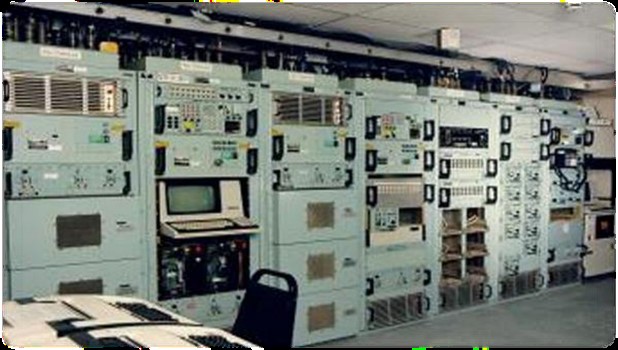

As many owner-operators are facing the challenge of migrating their old Distributed Control System (DCS) to more modern platform, the first question usually is what migration strategy and tools to use. Plant operators also need to ask “what system do we migrate?” In many cases, the existing system is more than 20 years old, and even if the same automation supplier is selected, chances are that much has changed as to how the modern system works. Another question that needs to be asked is “how will the automation application conversion be executed?” If there are automated tools available to facilitate the application migration, then the obvious answer would seem to be to leverage them rather than utilize a more human-intensive or “brute force” approach to re-engineering. Before you jump to that conclusion, you first have to understand that automated tools can facilitate the capture of the existing design intent, however, in many, if not most cases, this intellectual property needs to be re-engineered to be compatible with the new system capabilities.
More precisely, the automated tools that are available with the new DCS might not deliver the same operational behavior as that demonstrated by the legacy system. In short, if tools are employed without fully understanding of the semantics of the old system’s application, the results could be less than ideal and even catastrophic.  When considering the effort required to develop a fully automated conversion approach, you should first strive to understand both the syntactic as well as the semantic behavior of the control application to be migrated. Then consider the work involved to validate the accuracy of a manual versus automated conversion process. If your migration project is a single, unique conversion instance, the brute force approach may still be more cost-effective and accurate. The brute force approach of course requires engineers with process knowledge to define the control behavior requirements. Coupling this expertise with control system engineers who understand how these behaviors can be best recreated within the new control environment is also vital. Beware of those who claim they can cross compiler code from one platform to another through database mapping and manipulation.
When considering the effort required to develop a fully automated conversion approach, you should first strive to understand both the syntactic as well as the semantic behavior of the control application to be migrated. Then consider the work involved to validate the accuracy of a manual versus automated conversion process. If your migration project is a single, unique conversion instance, the brute force approach may still be more cost-effective and accurate. The brute force approach of course requires engineers with process knowledge to define the control behavior requirements. Coupling this expertise with control system engineers who understand how these behaviors can be best recreated within the new control environment is also vital. Beware of those who claim they can cross compiler code from one platform to another through database mapping and manipulation.
All control systems do not behave in the same manner running identical IEC 1131 code. Each vendor control product has optimized solutions for executing compiled machine code in their own unique way. This uniqueness does not guarantee equivalent operational behavior, and in most cases requires trial and error to replicate the original control strategy. By example, the syntax may be functionally equivalent however, the real-time operating system may execute these functions in a different order or different time domain which may compromise the expected determinism of the re-engineered application. Now for those manufacturers with dozens of sites with commonly leveraged process technology, it may be fruitful to invest in at least a partially automated conversion approach, remembering that tools still require expert validation of the end result. The breakeven point for manual versus automated migration tools depends a lot on application complexity, opportunities for code reuse and the business/project discipline to apply them. Whether you select the manual or tool assisted approach to application migration, ARC recommends that you do your homework and thoroughly understand the risks and benefits of tool assisted application migration before you select and/or invest in solutions to mitigate against faulty application translation of legacy control strategies. There is no magic bullet for application translation, migration tools can improve the efficiency but not necessarily guarantee effectiveness relative to the desired operational behavior.
ARC DCS Selection Guide can provide you a checklist for you to chose the right solution to meet your specific needs.
About our Guest Blogger, Mike Williams, ARC Associate - Consultant Mike’s career spans over 39 years of plant operations, process automation and information technology in the chemical industry (The Dow Chemical Company). Mike provides technological and business work process guidance in the automation and operation of batch and continuous chemical process. His most recent emphasis has been on evaluating manufacturing IT assets, for End of Life issues and migration opportunities for plant systems.

